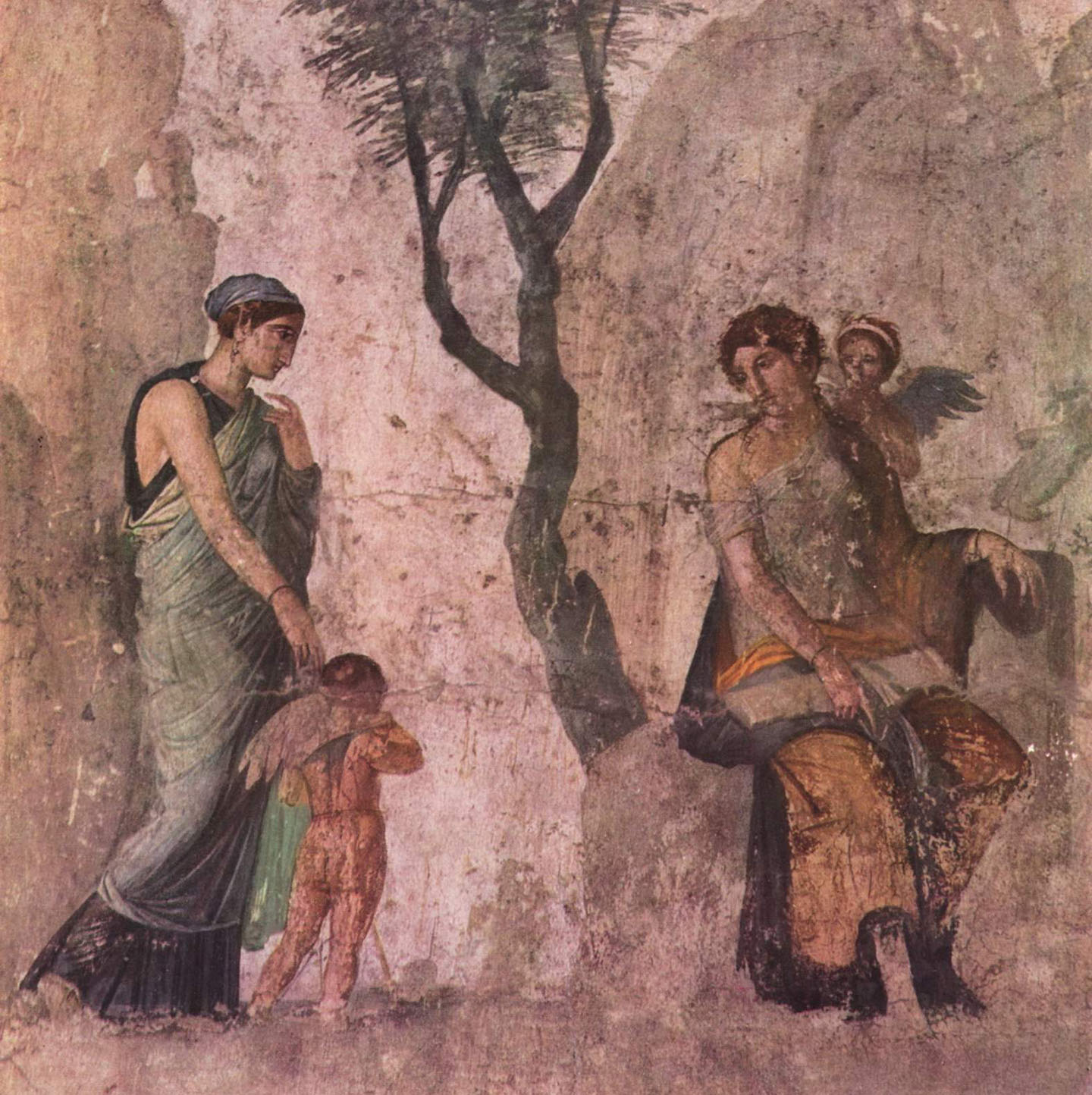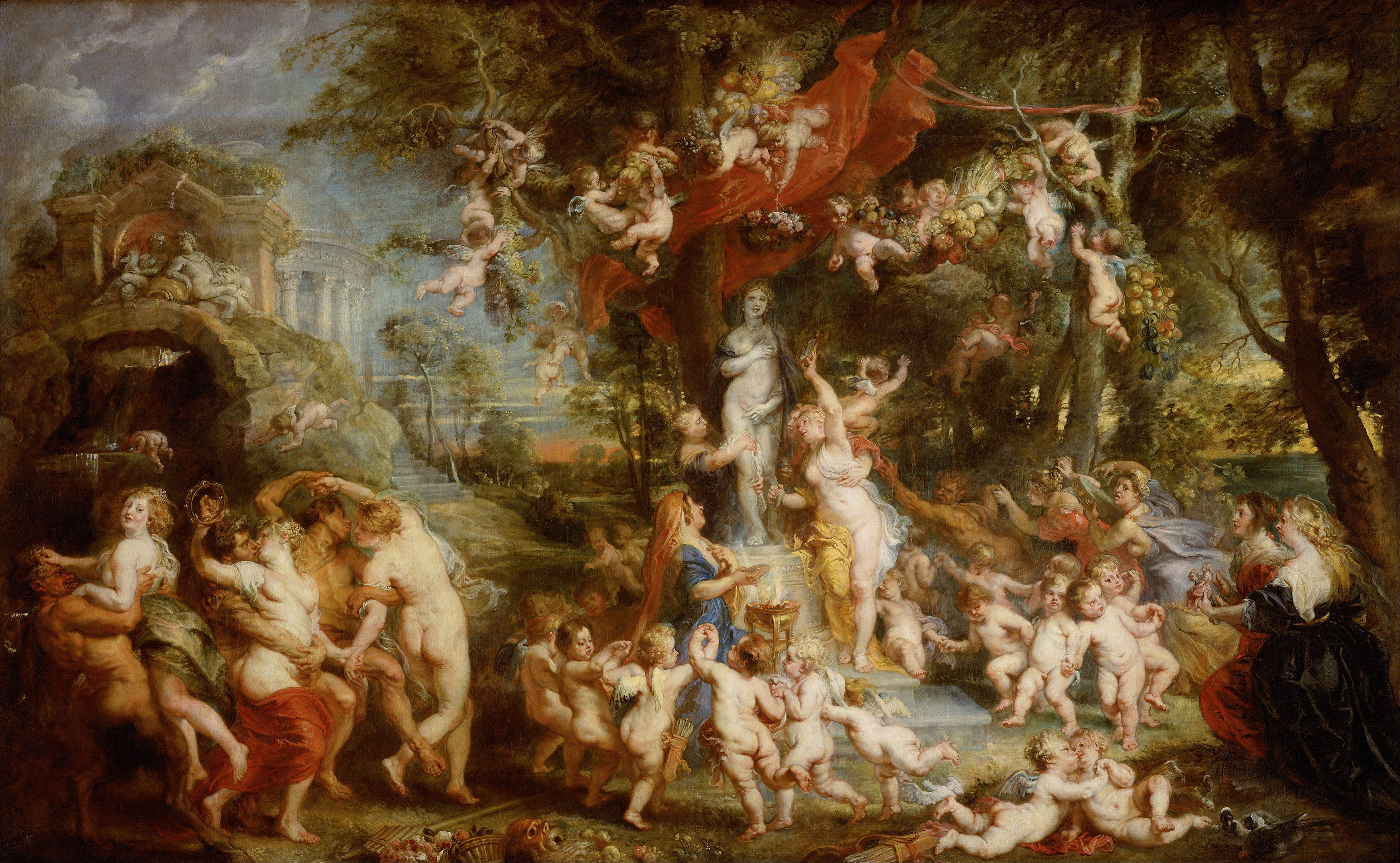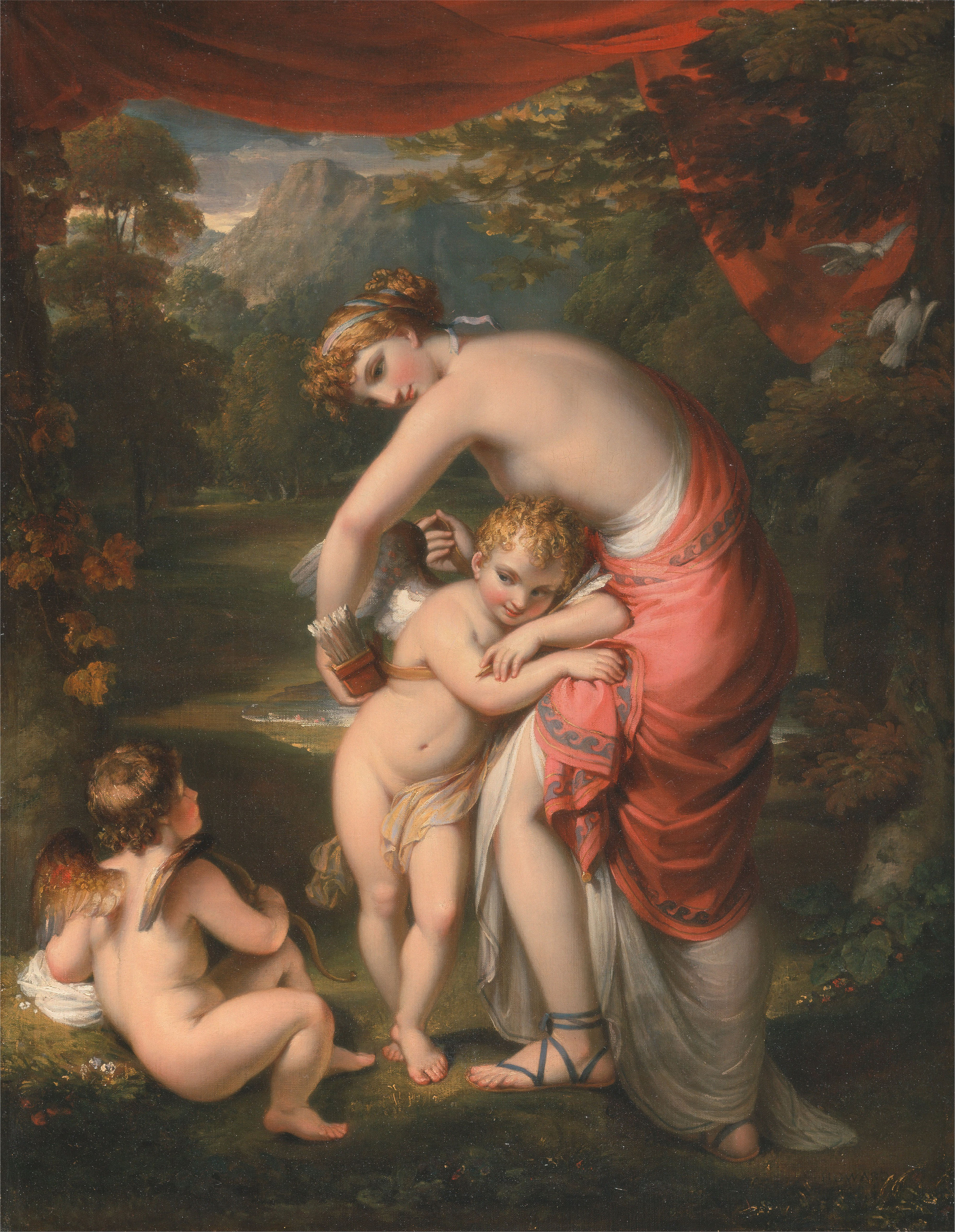Cupid: Love Through the Ages
Distressed Patriotic Flag Unisex T-Shirt - Celebrate Comfort and Country $11.29 USD Get it here>>

With his image seen most often during February and June (the Valentines’ month and the traditional wedding season), Cupid typically conjures up images of a cherubic infant wielding a bow and arrow, but this wasn’t always the case. The modern figure of Cupid is not exactly the one that Westerners have always known.
Cupid has been adapted, and that’s nothing new for the love-god of mythology. Like Santa Claus and the Easter Bunny, Cupid has rolled with the times.
The Greek Origins of a Roman God

Many stories in Greek mythology vary according to the source and period of time. Before 700 B. C., Cupid, or Eros, as the Greeks called him, was primordial: No male-female unity brought him into being. Eros came into the world parentless, a force emerging from original matter. Eros was no baby: He was a slim, handsome youth. He was armed, mischievous, and almost delinquent. Yet he would survive to be relevant later in Christian, romantic, and commercial observance.
After 700 B.C., Eros had become the son of Aphrodite, the goddess of love and beauty. He’d inherited wings from his father, Hermes, the messenger god. His quiver had two sets of arrows, gold for love and lead for disdain. Eros would sometimes use one of each on the same couple. But he was regarded as a true god. He laid claim to half of the sanctuary that he shared with Aphrodite on the north wall of the Acropolis. And his divine status would go on.
By Roman times, Cupid, as he was now called, was the god of love in all its varieties from passion to fertility. His father was known by the Romans as Mercury and his mother as Venus. In Roman hands, the image of Cupid was growing younger. And it was now generally good luck to receive one of his arrows. His mischief was limited to frustrating his mother. When Venus commanded that he make the beautiful Psyche fall in love with a monster, Cupid instead fell in love with her himself—and made her immortal.
The Medieval Cupid

While a Greek and Roman god of desire might seem out of place in Medieval Europe, even the most-devoted Christians wouldn’t let him go. Instead, they interpreted him morally, deeming him the lewd life of the party.
Theodulf of Orleans, writer during the reign of Charlemagne (A.D. 747–814), made Cupid a malicious figure drawing people into vice. His quiver was his depraved mind, his poisoned arrows were shot from a bow of trickery, and his torch was said to burn lustful passion. This is the culture that first portrayed Cupid naked, his evil impossible for him to hide.
Cupid in the Renaissance

Towards the end of the Medieval era, the warnings against Cupid’s fleshly evils were softened by the needs of idealized courtly love. Rich examples of this exist among the illustrations of “Le Roman de la Rose,” the 13th-century French allegorical poem by Guillaume de Lorris and Jean de Meun. Widely read throughout Renaissance Europe, it was declared to hold a mirror up to the entire art of romantic love.
Following such depictions, Cupid flew into the Renaissance. Artists next portrayed him as a realistic child. Cupid continually became younger—a toddler or even an infant—and multiplied.
As the West renewed its interest in classical art, the Greek Erotes—Eros in the plural—took hold. Called “amorini,” the cherubic children became commonplace in mythological scenes. By the Baroque period (1600–1750), teams of playful, infant Cupids replaced the single figure with godly power.
Much the same playful, colorful bringer of romance rang true for the Victorians. Greeting cards of the day reveal the emotional turbulence, but the threats of damning lust were cleansed away by light, elegant Victorian order.
Love Conquers All

From astonishing immodesty to romantic play, Cupid has withstood the test of time. As the West’s mythological ambassador of love, he has made it to the farthest corners of the globe. Although Cupid’s association to godliness has been watered down, it’s hard to imagine that this is the end for the once-worshiped god.
If he could survive Roman armor, Medieval demonization, Renaissance multiplication, and Victorian modesty, surely his fate is not limited to dating websites and t-shirts. But in all of this, love is the eternal force exerting the influence, while Cupid is just the symbol. However we draw him, let’s always be sure to celebrate what Cupid stands for.




